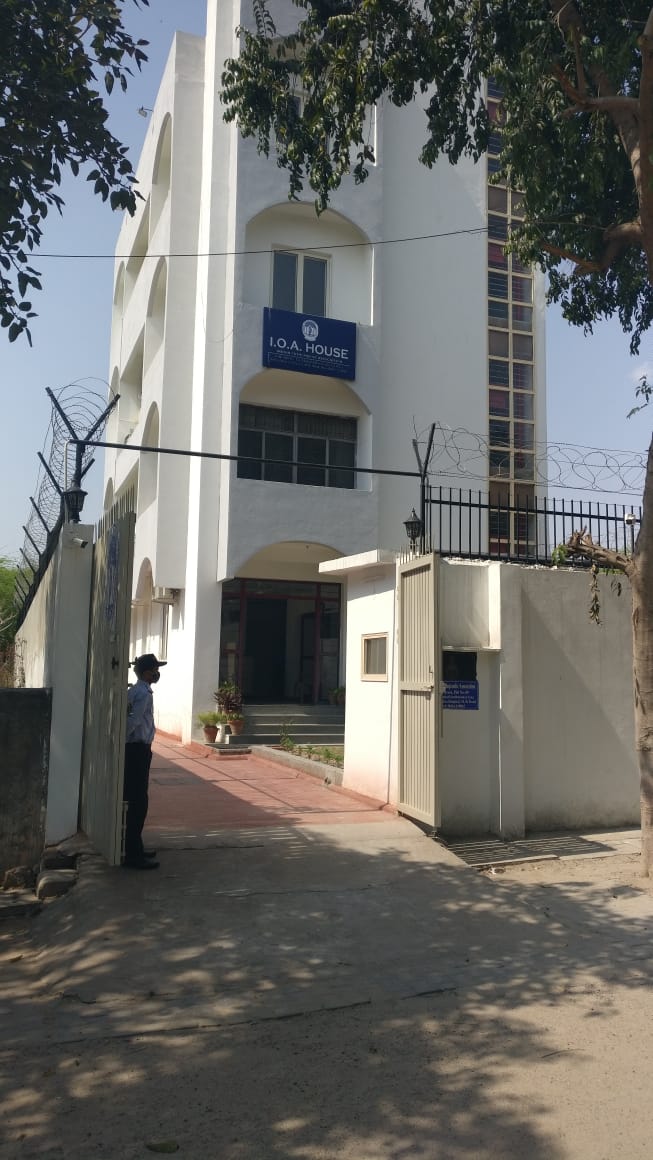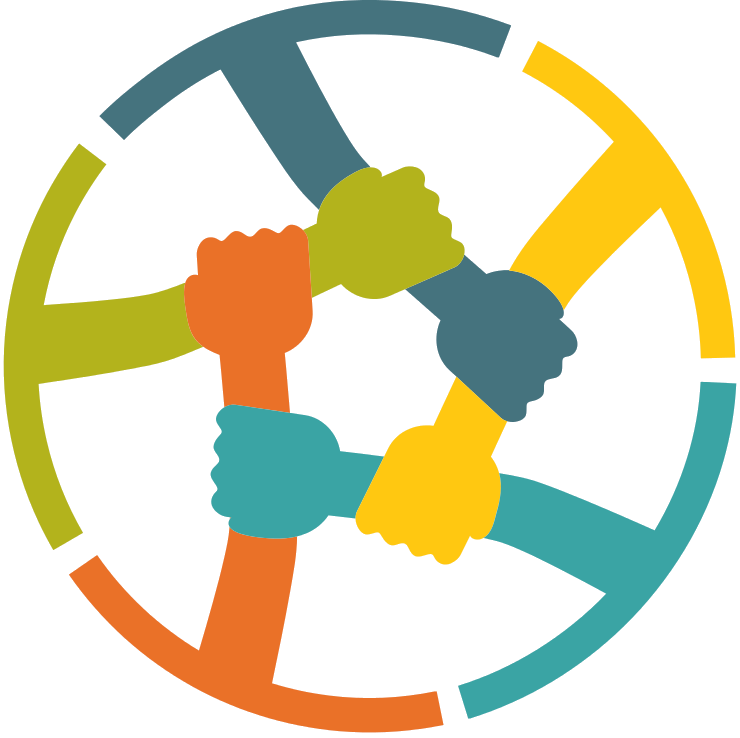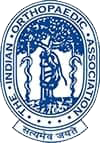The IOA is one of the largest professional organizations which has more than 10000 active life members. It is a vibrant organization which focuses on academics, research and social networking. From the time of its formation in 1955, in these 60 years this organization has evolved into a strong professional body with many sub-committees and regional committees.

It is a constantly growing organization not only in terms of increasing memberships but also in all other fronts like fellowships, CMEs, orations and sub-specialty meetings. The annual conference of the organization IOACON, is one of the well organized and most sought after meetings conducted in India. The history, birth and development of the Indian Orthopaedic Association is very similar to that of the British Orthopaedic Association, probably due to our past association with the United Kingdom.
Like Hugh Owen Thomas, who all his life remained a general surgeon, but made history by his contributions to orthopaedics, the late Dr M G Kini may well be considered the forerunner of Orthopaedic Surgery in India.
The first surgeon who limited his surgical activities to Orthopaedic practice was Dr R J Katrak of Bombay. The other pioneers in the field were Dr N S Narasimha Aiyar of Madras and Dr S R Chandra of Calcutta. These were the dedicated men who toiled hard when Orthopaedic Surgery was neither popular not recognised as an entity. The Indian Orthopaedic Association owes its birth to the next generation of young surgeons who trained in the field abroad during or after the Second World War. Dr Mukhopadhaya suggested the idea of forming an association in an informal chat with friends during the annual conference of ASI at Vellore in 1952. A letter mooting this concept was sent out by Dr Mukhopadhaya and Dr K S Grewal. Many practicing Orthopaedic Surgeons met at Agra in 1953; the prominent among them being Dr R J Katrak, Dr B N Sinha, Dr K S Grewal, Dr Mukhopadhaya and Dr A K Gupta and agreed to form an Orthopaedic Section of ASI. However the general body of the ASI at Hyderabad, in 1954 did not favour the formation of an Orthopaedic Section. But, the small group of Orthopaedic Surgeons formed an adhoc group with Dr B N Sinha as President, Dr R J Katrak and Dr Thayammanaswami as Vice-President, and Dr Mukhopadhaya as Secretary. Two scientific sessions conducted in Lucknow and Ludhiana in 1955 gave confidence to this group to stand on its own legs.
The dream of the Orthopaedic surgeons came true in the Amritsar meeting of the ASI in December 1955. A formal Orthopaedic Section with office bearers was formed. Dr B N Sinha and Dr Mukhopadhaya were unanimously elected president and secretary of the section.
In order to facilitate young Orthopaedic Surgeons to exchange scientific information and discuss mutual problems the section decided to hold two meetings independently every year and one additional meeting along with the Annual Conference of ASI. However the experience of two well conducted and well organised meetings at Calcutta and Patna in 1956 brought home the realization that such frequent meetings were difficult. At the annual session in 1956, it was decided to hold on mid year session to be called the summer conference and an annual meeting along with the ASI in December.
The activities of the Association slowly gathered momentum in subsequent years. Dr A K Talwalkar deserves credit for the starting of the Johnson & Johnson and the Smith & Nephew travelling fellowships. The Kini Memorial Oration, started in 1958, has been regularly delivered ever since. The Association was indeed fortunate to have the illustrious Sir Harry Platt as the first Orator in 1958. The members of the Association realised the pressing need to start a journal and against heavy odds the first issue was published in 1967 with Prof. Prakash Chandra as the Editor.
In later years, the IOA has helped the establishment of Orthopaedic departments in various parts of the country, and centres of postgraduate education. Conferences of the Association have helped the growth of scientific methodology and improved the practice of orthopaedic surgery. The Association has also actively helped the formation of local Orthopaedic branches in different parts of the country.
With the increasing membership, the need for a formal constitution was keenly felt. Accordingly, a draft constitution prepared by a select committee was unanimously approved at the General Body meeting held in Manipal in 1967. This was later registered under the Indian Societies Act. Judging by the manner in which the Association has flowered, the constitution seems to have served its basic objectives.
The Silver Jubilee conference at Bombay in 1980 is remembered especially for two developments: the initiation of the CME Programme and the Silver Jubilee Commemoration lecture. Both these have been extremely informative and well appreciated. The IOA has been successfully conducting Instructional Course Lectures, and member fellowships. Sixteen regional chapters in existence in various parts of the country are doing excellent work and contributing in various ways to the continued growth of the parent association.

With the membership crossing the 2000 mark, the time had now come when the Association could no longer continue its links with the Association of Surgeons of India. The IOA had numerous diploma holders who could be members of the ASI and this had created another anomalous situation. The long felt desire of the members of the IOA to become independent resulted in the resolution passed at the Cuttack Conference in 1986 advocating a clean break. This was ratified at the Agra conference of the ASI in December 1986. The IOA had now become an independent body. The Kini Memorial Oration, so far held during the ASI Conference was now conducted during the Annual Conference of the IOA.
Since then our Association and our annual conferences have grown from strength to strength. The annual conferences have continued to be an excellent showcase of scientific and cultural interaction between members. The conference attendance had soared to new heights and now it is not uncommon to have over three thousand participants to the conference.
The IOA has been fortunate to be allotted a piece of land in Delhi for its permanent office. The first phase of the IOA building has been constructed and inaugurated by Dr B N Sinha.
The CME programme is in its 35th year and each year it has been an excellent showcase of the current state of art in Orthopaedics. The aims of the programme are to provide current knowledge to the practicing surgeons, instructional course lectures to post graduate students, and insight into management protocol to the members of the association.
With the rapid advances being made in the field of Orthopaedics in India and abroad, the avenues are open for rapid growth of our association. Looking at the vast strides taken by our body, there is no doubt that the future is extremely bright.
